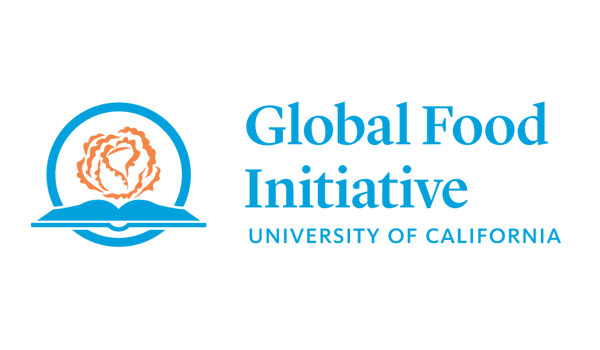Establishing Equity in Our Food System

Co-sponsored by the University of California Global Food Initiative, launched in July 2014 to address how to sustainably and nutritiously feed a world population expected to reach 8 billion by 2025. The initiative aligns the university’s research, outreach and operations in a sustained effort to develop and export solutions—throughout California, the United States and the world—for food security, health and sustainability.
Learn more >
March 11-12, 2016
UC Irvine School of Law, EDU 1111
VIDEO of keynote speakers Jose Padilla and Saru Jayaraman >
We currently have an inequitable food system that disproportionately burdens the poor and marginalized with its costs and failings. This inequity is reflected throughout all aspects of the food cycle, from poor labor conditions and wages for workers involved in the production and distribution of food to differences in access to healthy foods between poor neighborhoods and wealthier ones.
The result is that in the United States, one of the wealthiest nations in the world, nearly 50 million people have trouble putting food on the table each day. Moreover, workers all across the food system struggle to earn wages above the poverty line. This disparity is reflected in food retail workers suffering double the rate of “low” or “very low” food security as the general population.
This symposium takes up the issue of food equity and posits that in an equitable food system, all people have access to sufficient healthy and culturally appropriate food, and no person or community suffers from a disproportional burden of food production impacts.
“Food equity” encompasses the adverse effects of both the production and distribution of food that marginalized communities face. On the food production side, equity concerns include:
- Wages and working conditions of people producing food at every step along the food chain—from farm to restaurant and grocery store
- Access to the means of food production (including access to land, to production subsidies, and to capital)
- Protection from food production-related environmental contamination (such as air and water pollution, pesticide contamination, and noxious odors)
On the food distribution side, equity concerns arise because many people lack sufficient access to healthy food options. Poverty, geographical disadvantages, and exploitive marketing all hinder access in marginalized communities.
Several of the papers generated by this event will be published in Volume 7 of the UC Irvine Law Review, expected in 2017.
